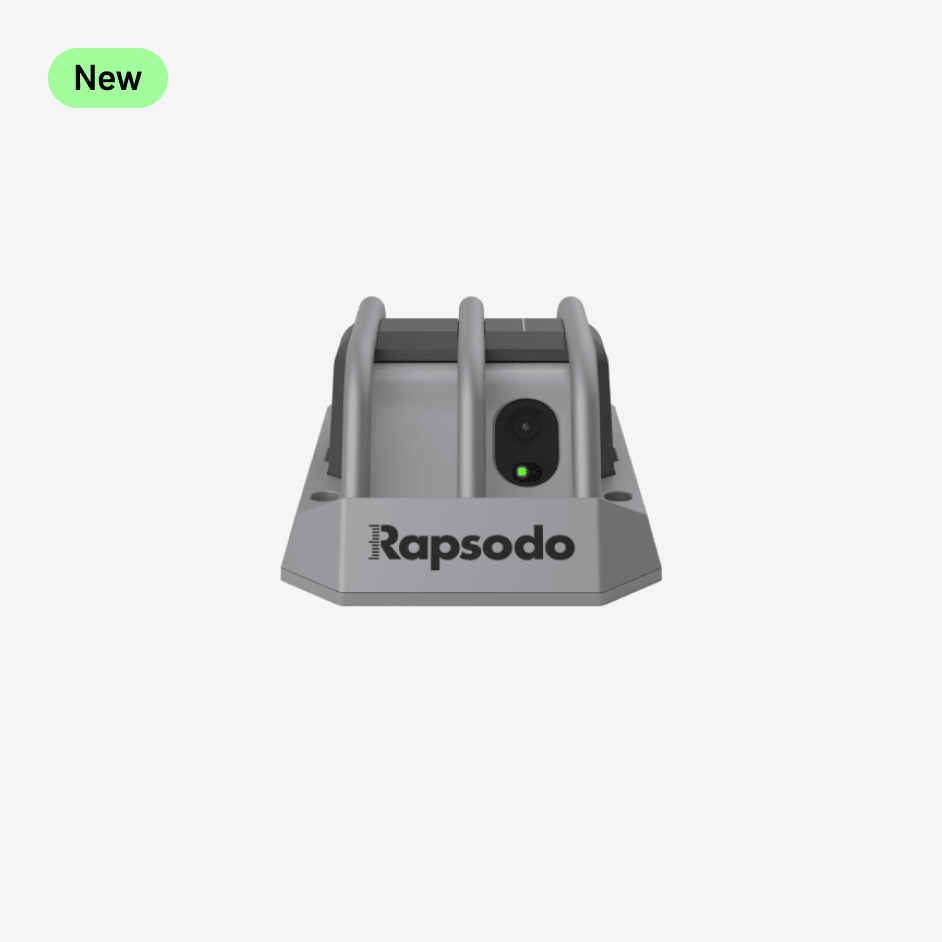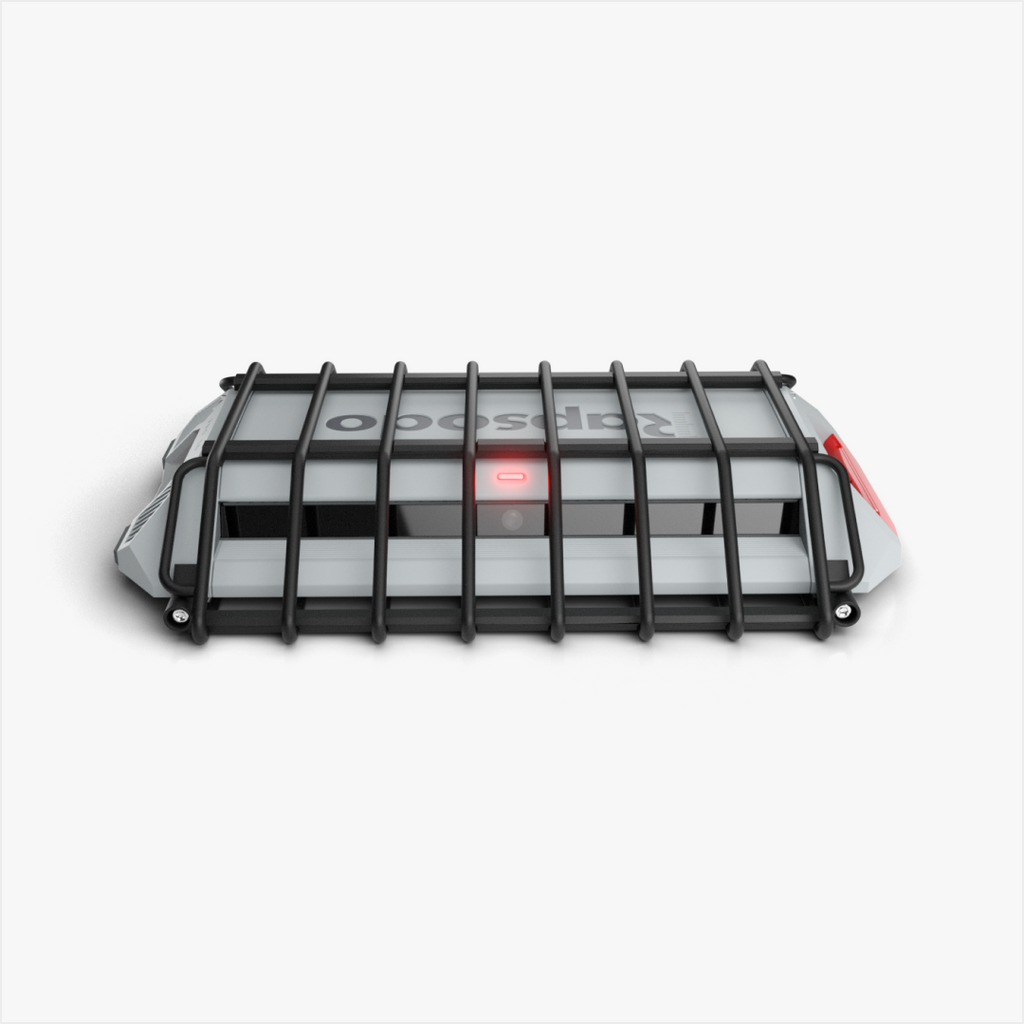If you’re a baseball or softball player, chances are you’ve heard the words exit velocity more than a few times throughout your career. Whether it's during an MLB game, from a college coach, or your local hitting instructor, the goal is always the same. Hit the ball as hard as you can, as often as you can.
What is Exit Velocity?
Exit velocity (or exit speed) is the speed of a baseball or softball as it comes off a bat immediately after contact. As you can expect, hard hit balls have higher exit velocities than dribblers. As you can expect, hard hit balls have a higher chance of resulting in a hit than a slower hit ball. While exit velocity is king in the metric world, this alone cannot tell you the distance a batted ball will travel. To know how far a baseball or softball has been hit, you will need to know:
- Exit Velocity
- Launch Angle
- Spin Rate
Still, exit velocity is an important metric when it comes to evaluating the skill of a hitter. If you want to stand out to scouts and recruiters, knowing how hard you hit the ball on average is a great first step.
How do I find my exit velocity?
Exit Velocity is measured on every swing during a Rapsodo hitting session and can be seen in the Rapsodo Baseball or Diamond App. You can see your average, max, and hard-hit average (any ball hit within 10% of your max exit velocity).
What should my exit velocity be?
Your average exit speed will depend on a few factors: swing timing, swing mechanics, your overall strength, launch angle and age. As athletes grow and develop, raw power and consistency typically increases, leading to more powerful swings and higher exit speeds.
If you’re wondering “what should my exit velocity be”, keep in mind that every athlete is different. Your power will depend on many factors, including your strength, swing mechanics and age.
How to Increase Exit Velocity
Having a high exit velocity will result in harder (and farther) hit balls. There are a few things you can work on during training sessions to immediately increase your exit velocity.
Bat Speed
Bat speed is the foundation of exit velocity, the faster you can swing the bat, the harder the ball will be struck. Try using heavier and lighter bats while practicing and see how they influence your exit velocity. Then go back to your regular bat and see and feel the difference.
Keep launch angle low
The highest recorded exit velocities in the MLB are low-line drives. When focusing on increasing exit velocity (not distance), focus on hitting balls with a launch angle of 10-15 degrees.
Hitting the Ball on the Sweet Spot
Hitting a ball flush will result in maximizing your exit velocity, otherwise known as barrels. Ways to train this are by hitting heavier balls, plyo balls are a great place to start to work on transferring all the energy of the bat to the ball. After training with a few plyo balls, go back to regular front toss and see how that has influenced your exit velocity.













